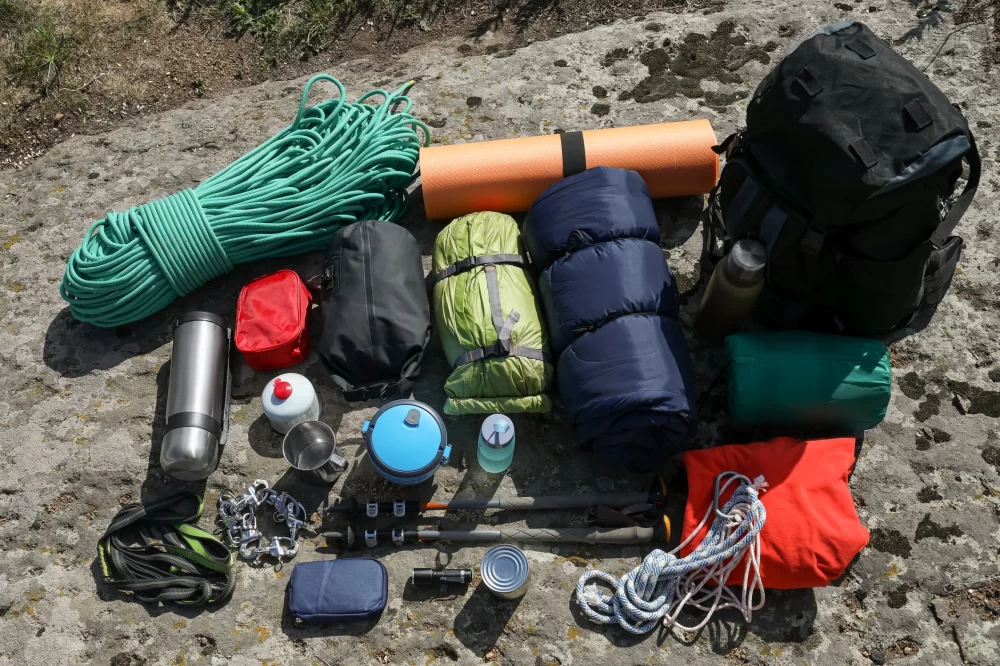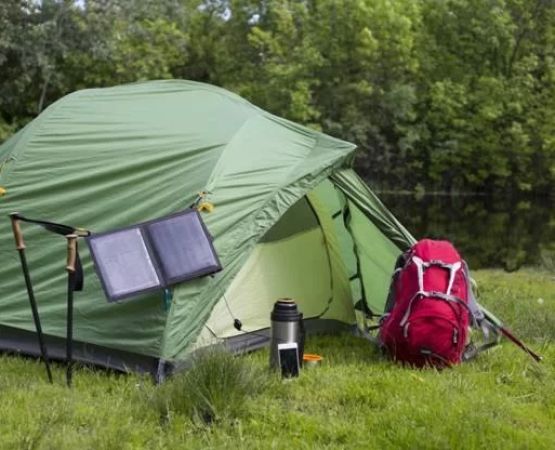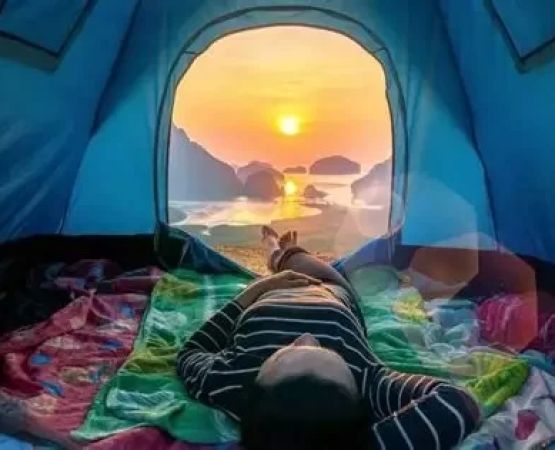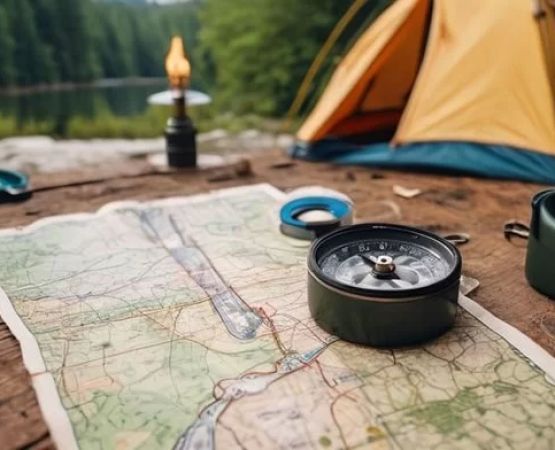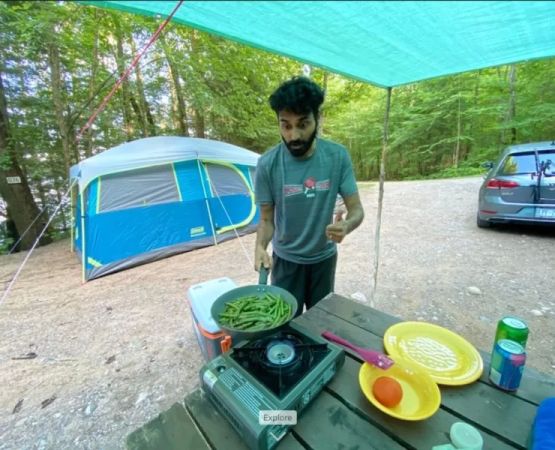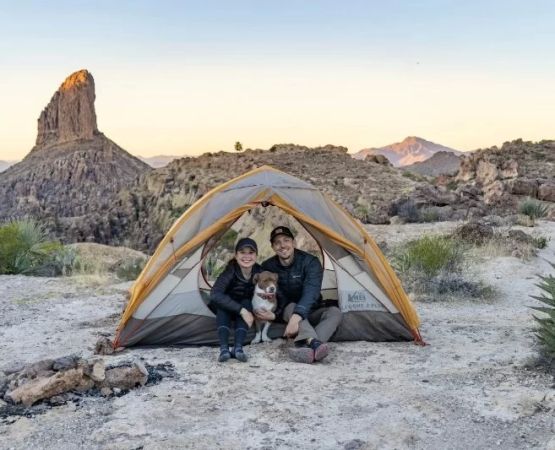How to Pack a First-Aid Kit for Camping: A Complete Guide
When I first started camping, I was excited about the adventure and the possibility of escaping into the wild. But over the years, I’ve learned that safety is just as important as the fun. One of the most essential things I never forget to pack is a well-prepared first-aid kit. Camping in remote areas can expose you to a range of risks, from minor cuts to more serious injuries, and being prepared can make all the difference. Here's my personal guide to packing a comprehensive first-aid kit for camping that will help you handle most emergencies while you're out in the wild.
1. Understand the Risks Before You Head Out
Before you even start packing your first-aid kit, it’s important to understand the types of injuries or illnesses you might encounter based on your camping destination. For instance, when I camped in the Appalachian Mountains, I made sure to pack extra supplies for tick bites and allergic reactions because of the prevalence of ticks in the region. In contrast, when I went camping near a desert, I focused on hydration and heat-related issues like heatstroke.
Do some research about your camping environment to identify any specific risks. This will help you ensure you’re prepared for any situation, whether it's snake bites, extreme weather conditions, or the possibility of sprains from hiking on rocky terrain.
2. Start with the Basics: What Every First-Aid Kit Should Have
When I packed my first aid kit for my recent camping trip, I made sure to include these fundamental items. These essentials will cover a variety of minor injuries and help you manage larger ones until you can get to medical help:
- Adhesive bandages: Various sizes for small cuts and blisters. I always keep a few extra on hand since blisters are common, especially during long hikes.
- Antiseptic wipes: These are perfect for cleaning wounds and preventing infection. I personally always opt for alcohol-free wipes to avoid irritating the skin.
- Gauze pads and medical tape: Essential for covering larger wounds or stopping bleeding. You might be surprised how often these come in handy, even on simple trips.
- Antibiotic ointment: Helps prevent infection in cuts and scrapes. I’ve always found this to be a must-have item in my kit.
- Pain relievers: Ibuprofen or aspirin can help alleviate pain from minor injuries or inflammation. These are a lifesaver for me after long days of trekking.
- Cold pack: A cold compress for swelling or bruising. This is particularly useful after an unexpected fall or when a fellow camper twists an ankle.
3. Include Specialized Items Based on the Environment
As I mentioned earlier, different environments come with different risks, and I’ve learned the importance of tailoring my first-aid kit based on where I’m going camping. For example, when I was camping in a remote forest area, I packed extra items to treat insect bites, such as hydrocortisone cream and anti-itch sprays. When hiking in the desert, I ensured I had extra electrolytes and hydration solutions in my kit.
Here are some other specialized items that I include depending on the environment:
- Snake bite kit: If you're camping in an area known for venomous snakes, this kit is essential for emergency first aid. It includes suction devices and pressure bandages, although it’s always important to seek professional medical attention immediately after a bite.
- Sunburn relief: Aloe vera gel and sunburn sprays are crucial when camping in sunny environments. I always pack these after a bad sunburn experience during a summer camping trip.
- Insect repellent and bite relief: Dealing with mosquito bites can quickly ruin an otherwise perfect camping trip. I pack both preventative insect repellent and soothing creams like hydrocortisone to manage irritation.
- Anti-allergy medications: If you're camping in an area with a lot of pollen or potential allergens, I always have an antihistamine on hand just in case of allergic reactions. It's better to be safe than sorry!
4. Don’t Forget About the Essentials for Comfort and Prevention
In addition to treating injuries, it's also important to pack items that can help prevent problems from occurring in the first place. Comfort is key, especially on longer camping trips. I’ve learned the hard way that being proactive can save a lot of discomfort down the road.
For instance, I always pack:
- Blister prevention items: Moleskin and blister pads are great for preventing painful blisters from forming during long hikes or walks. I've used these more times than I can count on challenging hikes.
- Personal medications: If you’re taking any regular medication, make sure to include it in your kit. I also carry a list of allergies and medications for easy access in case of emergency.
- Thermal blanket: Lightweight and compact, thermal blankets are great for emergency warmth, especially if you’re camping in colder weather.
5. Don't Forget to Stay Organized
When I first started packing my first-aid kits, I would throw everything into one large bag, which made it difficult to find what I needed in a pinch. Over time, I learned the importance of organization. A well-organized first-aid kit not only makes it easier to find the supplies you need, but it also helps you stay calm and prepared in an emergency.
I use small, zippered pouches inside my first-aid kit to separate the items. I keep the basic first-aid supplies in one pouch, the insect bite and allergy items in another, and the environmental-specific items in a third. I also label the pouches, so I can quickly grab what I need. This has made managing medical emergencies during camping trips much easier for me.
6. Check Your First-Aid Kit Regularly
Before every trip, I go through my first-aid kit to make sure everything is still in good condition. Items like bandages, antiseptic wipes, and medications have expiration dates, so it’s important to replace them when necessary. I also check that everything is packed securely, especially the smaller items, so nothing gets lost in the bag.
Taking just a few minutes to inspect your kit can make a big difference when you need it most. I always ensure that I have everything in place and ready to go before I head out on a camping adventure.

